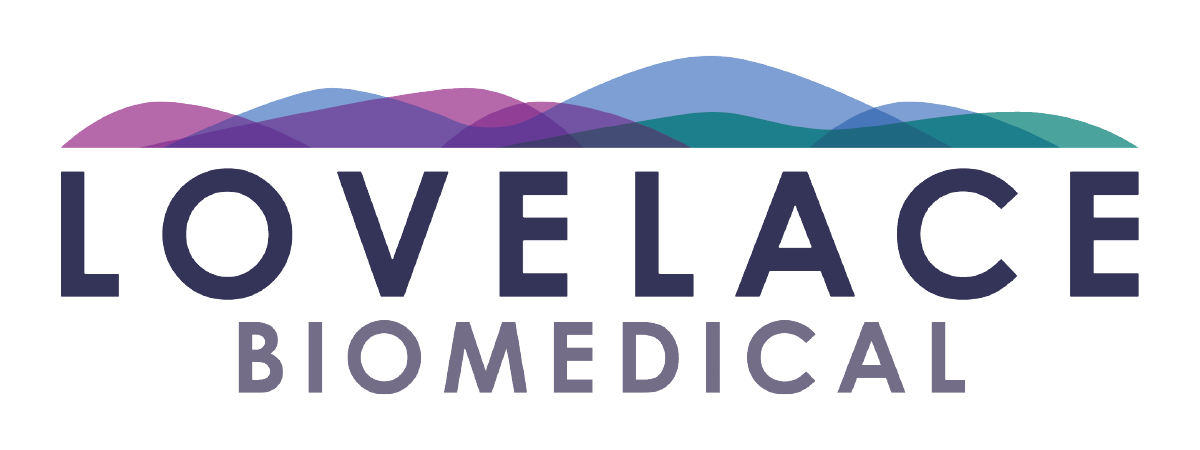Our team has developed and validated models of acute radiation syndrome, dermal burn/radiation combinations, and systemic injury models in the gastrointestinal and cardiopulmonary systems, including deep internal expertise in radiation dosimetry, radiation drug countermeasure drug development and risk assessment.
Lovelace has developed animal models and research capabilities for evaluating medical countermeasures to mitigate the health effects from exposure to both internal radionuclides and external irradiation.
Lovelace has a clinical linear accelerator (LINAC), a Philips RT-250 orthovoltage X-ray therapy unit, and Grenz x-Ray irradiator that can perform whole-body or partial-body irradiation in large (swine, nonhuman primates [NHP]), small (mice, rats) animals, and dermal wound exposures, respectively. Differing degrees of supportive care define models for hematopoietic and gastrointestinal syndromes. Understanding these models is essential to define the mechanisms of injury and assist in developing targeted therapeutics. These acute effects models are used to evaluate therapies for ameliorating or preventing the biological effects from high doses of external irradiation. Lovelace has full GLP pharmaceutical R&D capability to bring drugs to approval under the FDA “animal rule” or for standard clinical indications.
Linear Accelerator (NHP &Swine)
- GLP validated (6.8 Gy) LD 50/60 in NHPs (Rhesus, M); field supportive care; full hematopoietic syndrome; GI
complications
- Qualified LD 50/60 in Göttingen (1.94 GY) and Sinclair (2.55 Gy) Minipigs supportive care (M/F); GI complications
- Qualified PBI Sinclair Swine GI model (14Gy)
- Combined irradiation thermal burn and wound healing model in Göttingen Minipigs
Philips RT-250 (Mice & Rats)
- LD 50/60 mice (C57B, M/F)
- Radiation-induced lung fibrosis
Grenz X-Ray
- Radiation induced wound healing model (Yorkshire Swine)
Our Capabilities
- Animal models of metabolism and biokinetics for a large variety of radionuclides
- Exposure to radionuclides by inhalation, ingestion, percutaneous wounds, intravenous, intraperitoneal, intratracheal delivery, and absorption through intact skin
- Broad range of animal species: mice, rat, dog, swine
- Material balance study designs including complete excreta collection and analysis of biological samples from blood to tissues to organs
- Analytical radiochemistry capabilities for measuring radionuclides in biological samples
- Biokinetic and dosimetric modeling of experimental animal data, with or without the effects of medical countermeasures
- Capability for measuring radionuclides in living animals (whole-body counting)

